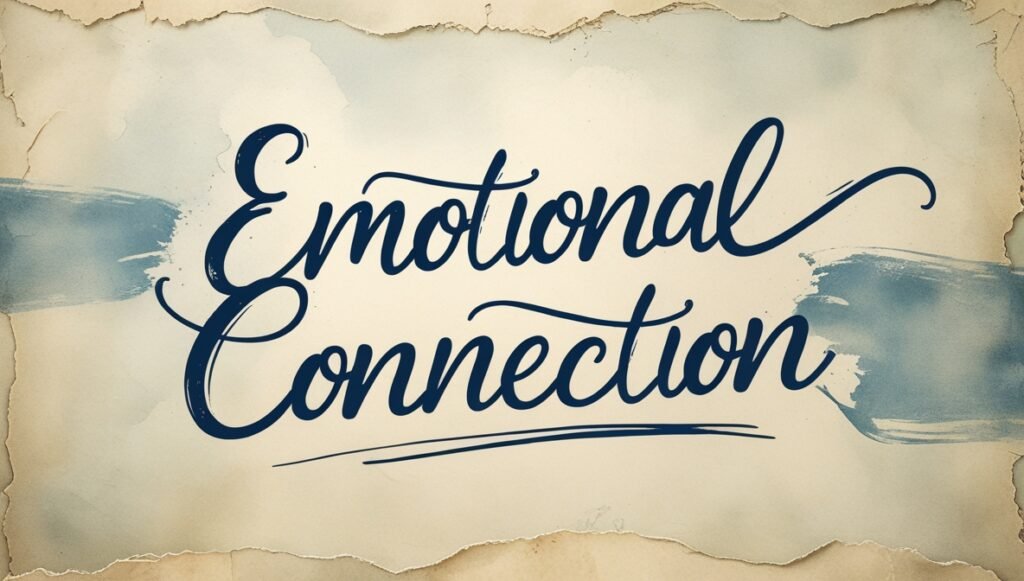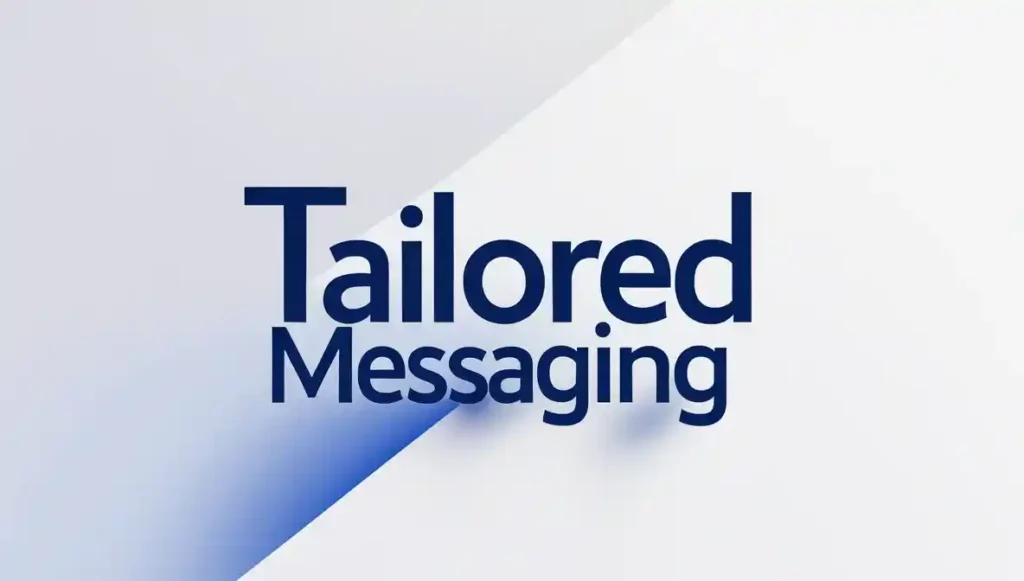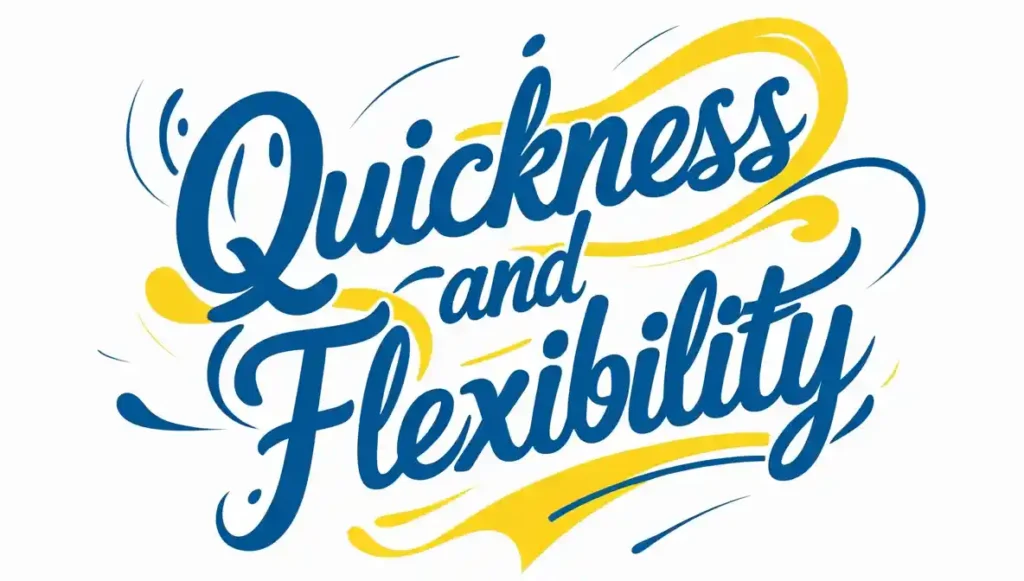We draw inferences from data and pontificate till October 2023. Here’s the kicker: can it replace human creativity?
In the content strategy world, that would be a no-no. Content strategy is more than just putting a post out there. It takes knowing your audience very, very well. This takes empathy, creativity and a human touch. Automation tools are indeed better than humans when it comes to repetitive work, but they never deliver any emotion.

They can’t write messages that touch you emotionally. In order to have a successful content strategy, you have to research, plan, and be able to adapt. It’s about building connections, storytelling and creating meaningful interactions. Although helpful, machines can never have the creativity and flexibility that the human brain does. Let us see why content strategy is still a human playground and not something you can automate.
Credit: www.linkedin.com
Why Is Content Strategy So Important
Content is an essential part of a successful digital marketing campaign. This will help you target your efforts and drive home content that connects deeply to your audience. That’s why, without a proper strategy in place, your content could be so far from the target it can end up a complete waste of time and money.
Foundation For Marketing
All of your marketing efforts should be building off a well-planned content strategy. It assists you in establishing your objectives and target audience. Such clarity helps to keep your content focused on your business goals.
I didn’t have a strategy when I first started my blog. My postings were very random and hard to grab readers. But once I created a content strategy, I had better traffic and a bigger engaged audience.
Does your Content have a well chalked out roadmap? If you said No, you may find it difficult to achieve your Marketing goals.
Building Brand Voice
Your content strategy too has pivotal role in developing your brand voice. Using the same tone and style consistently builds your brand identity. Such consistency helps your audience recognize and trust your brand.
Consider the brands you admire the most. You already have a well-‘distinguished’ voice that is set apart from competitors. This distinct voice comes from a solid content strategy.

Are you evolving to ensure your content has personality? A well-defined strategy will keep you aligned across the board.
Summary: content strategy is the key to doing marketing and building a brand. It sets the stage for your initiatives and allows you to build rapport with your audience. Spend time crafting a solid strategy that yields measurable results.
Credit: writeme.ai
Limits Of Automation
Many industries have been transformed by automation. It introduces efficiency and progression. But are we able to automate the content strategy? The answer is no. Automation has limitations that human creativity and comprehension stretch beyond. In this post I will cover why content strategy is not automatable
Lack Of Creativity
Machines work on patterns and rules. They do not think creatively. Content that engages is funded by creativity. It resonates on an emotional level with the audience. And this is something automated systems do not possess. They cannot tell original and interesting stories. Imagination is part of creativity. It involves a sense of human emotion and human experience. That cannot be replicated by machines. They generate content that is robotic and formulaic.
Contextual Understanding
Data Desensitization:Context is Key in Content Creation. It requires an awareness of your audience, trends, and cultural subtleties. Automated tools analyze data. But they don’t understand context very well. Human writers know the subtleties of language.

They create content that speaks to targeted audiences. These subtleties elude machines. Use Cases: Not performing well on contextual content. Context is a function of empathy and insight. These are human skills, not machine capabilities.
Role Of Human Creativity
Content strategy is not a stepwise linear or adaptive algorithm. It is close and personal, fueled by imaginative ideas and personal encounters. Automation can help with some of the repetitive tasks, but the core of great content is human creativity.
Crafting Unique Narratives
Have you ever come across an article and thought it was written just for you? That’s the power of a good story. Machines can produce text, but they cannot tell stories that touch us deeply.
When I started my blog, I discovered that readers and listeners engage with real stories. Being open about my journey, the highs and lows, attracted dedicated followers. They celebrated the authenticity and the lessons learned in the ride.
Stories give content a soul. They transform simple information into compelling experiences. You can’t automate those subtleties of human experience and creativity.
Emotional Connection
Consider the last piece of content that inspired you. Was it a deeply researched piece or a moving personal narrative? The drive for a human connection is an essential element to capture your audience.
Algorithms can’t feel. They have not enough understanding about the complexity of human emotions. You are expected to base the contents you create in your own experiences and story to make it correlate for your readers.

It says that I wrote a post on over-coming failure. It was raw and honest. The reply was simply overwhelming. Readers wrote back to share their own stories of resilience and thanked me for keeping it real. A machine cannot manufacture that kind of connection.
So, as you develop your content strategy, remember that your voice and your experiences are your biggest asset. From that, use them to write content that can reach the minds and heart of your readers. What will be your next story to tell?
Nuances In Content Creation
People — Content strategy needs a heart and soul to hear the audience nuances. Automation cannot not sense readers’ changed tastes. Real insights, not algorithms, lead to authentic engagement.
Content creation is more than just writing. It’s about distinguishing the nuances that make each article different and effective. These subtleties are lost when you automate content. Well, let’s get into why it all matters. Cultural Sensitivity One of the points is cultural sensitivity. But you must be familiar with the cultural context of your target audience so that you do not offend them. For example, even the audience matters, Americans are different from Asians. Specific phrases and references might not work out as well.

Automated systems have no comprehension of these cultural nuances. They simply cannot tailor what they do to meet the unique contexts of various cultural groups. Have you ever0630 seen something that just seems wrong. That is often because of a culture gap. Tone and Style Adaptation Tone and style are vital components to engage the audience. If your readers are formal, casual, or somewhere in between will determine what your content should be. An automated system cannot distinguish between these tonalities. And it can result in bland, personality-free content. Please consider the last article that you read that resonated with you. It probably had an inflection that suited what you expected and liked. Sometimes, when you write, you have to customize the tone and style depending on your targeted audience. It makes your content relatable and catchy. Europlonker at 18:57 U have tried reading a technical article that sometimes just felt like a casual blog post. That can be jarring and ineffectual. This is only one of the reasons why content creation requires an understanding of those nuances to produce material that is not just effective, but engaging too. Automation does not allow for these nuanced differences.
Personalized Content
With the rapid move to our screens in the digital era, personalization is fast becoming the bedrock of any content strategy. Although automation tools provide a certain level of efficiency, they lack the ability to create the subtle and fine-tuned experiences your audience desires. Here’s why the human touch is irreplaceable when it comes to crafting personalized messaging.
Audience Insights
Get to know your audience Not in terms of analyzing data points. It means understanding their specific likes, dislikes, and habitual interactions. Such automated tools can certainly collect data, but they are unable to make sense of the nuanced layers of human behaviour.
Let’s say you’re organizing a surprise birthday party for a friend. You wouldn’t simply run down a checklist; you’d consider their favorite colors, interests and past experiences to personalize it. When it comes to personalized content, this is also true.
Ever received a copypaste email that had no impact on you? That’s the result of leaving personalization to automation. Content that really speaks to your readers When you dig deep into the audience insights, you know what your readers love and care about.
Tailored Messaging
Customising messages is an art form that automation simply cannot do. Creativity, empathy and a real relationship with your audience are needed. AI can make content, but it doesn’t offer the spice required to engage the readers.

When was the last time you got a handwritten thank-you note? You felt like you were appreciated because of the time and care given to it. The same way that messaging in content gets tailored. Like showing your audience you understand and care about them.
By customizing your messages, you can target individual pain points, give answers, or offer solutions of significance to each part of your audience. Personalization of this level nurtures trust and enables a deeper relationship with your readers.
So, how can you make sure that your content is truly personalized? You can begin by listening to your audience. Listen to their feedback, interact with them on social media, and improve your strategy constantly by their response.
In existing competitive digital landscape personalized content is not a buzz word but a necessity. So, investing time and energy in understanding your audience better helps you come up with content that the audience can connect with.
Adapting To Trends
Adapting trends isn’t possible without a human touch This nuance is lost on automated systems. Creating effective content strategy takes a mix of creativity and adaptability.
1) Adapting to Trends Creating content that resonates with the audience isn’t only about what you say, but also when and the manner in which you say it. However, that does not comfortable truths about data and human psychology will remain but trends, especially in the digital space changes quickly and one of the most significant aspect of all content strategy for success is shift and quickly adapts to trends. Automation tools help with some tasks, but fail miserably in keeping up with ever-evolving trends.
Real-time Relevance
Feeling relevant is about the timing of your content and being in tune with the zeitgeist of your audience at this time. Automation tools are incapable of scanning social-media traffic, keeping an eye on the news, or feeling the cultural zeitgeist. Your team needs to move fast to create content that is relevant to a new meme that just went viral, for example. Automated systems, though, simply can’t keep pace with such sudden changes. You would like to avoid missing a trending topic because of your automatic system did not catch it. You miss the engagement and potential follow-up. To stay 𝑟𝑒𝑙𝑒𝑣𝑎𝑛𝑡, and to simply get the human touch.
Quickness and Flexibility
Agility is the speed of being able to pivot. Flexibility is when you are willing to adjust your course. These two things go hand in hand with one another, and they are crucial for adapting to trends. Automated content simply lacks the nuance to do this on the fly. But your team can assess what’s working and what’s not, and adapt as needed. Imagine a holiday season where consumer priorities shift nearly every day.

These changes must be reflected in your content immediately. It is only a human team that can offer the kind of flexibility needed to make these changes. How many times have you seen an automated post of a brand that was out of place considering the current events? It’s a stark reminder of why agility and flexibility are important. Your audiences see when you are out-of-touch or tone-deaf. Once again, adapting trends is all about ambitions and agility. No machine can supplant the human foresight that’s required to interpret and respond to these trends.” So, how will you make sure your content strategy stays flexible?
Collaboration And Feedback
There is no content strategy without collaboration and feedback. Although tools that will help us in these tasks can be provided by technology, it has no power to replace the touch of a human being. Indeed, in this age of information, the power of content does not lie solely in the words we speak, but rather in the teamwork and the agency of the process.
Team Dynamics
Every team works differently. Team members chemistry plays role in shared ideas, commenting and responding to them. When you collaborate with diverse colleagues, you benefit from different perspectives that can improve the content.
For example, I was once part of a project that featured a marketing professional, a content writer, and a graphic designer on our team. They all had different skill sets and perspectives. This range of perspectives made for a more diverse, engaging final experience.
Can an algorithm do what a brainstorming session produces spontaneous with a breakthrough idea? Hardly. Automation has no emotional intelligence whatsoever and cannot read the subtle micro-expressions in human interaction.
Iterative Improvements
Content creation hardly ever get it right the first time. Making it right often takes several rounds of feedback and revisions. This cycle helps refine the message for maximum impact.
It’s still not formally part of your company, though, so imagine the feedback loop: You write an article, share it with your team, get constructive criticism on it, and revise. You learn from each version to get to the best one. We humans are deeply involved throughout this process, and our intuition and imaginativeness are really at stake here.
This is what you need to automate, imagine trying to automate this. Your writing software might catch grammatical errors, but it can’t measure tone or engagement. It cannot point to a more compelling angle based on its understanding of the audience’s needs.
Have you ever heard feedback that changed everything about a project you were working on? That sort of transformative insight happens through human interaction, not through a line of code.
In short, content strategy can benefit from automation — but the process of content creation is demonstrably a human endeavor that is collaborative and iterative. Great content is the product of a strong working team and continuous refinement of that work through thoughtful feedback.
Future Of Content Strategy
ML is great for various things, but it seems to be bad for this. With the progression of technology comes more advanced automated tools promising instant fixes for your content woes. Yet there’s only so much automation can accomplish.

Why content strategy in itself can never be automated. To understand the future of content strategy, we need to go deeper into two important aspects.
Striking A Balance Between Automation And Creativity
Repetitive tasks can be automated. It can help businesses schedule posts, create data-driven insights, and optimize content for SEO. That allows you time to spend on more strategic creative things.
But creativity is a fundamentally human process. Generating new ideas, writing compelling stories and relating with your audience on an emotional level are human endeavors. Machines do not have the skill of understanding nuances, context and emotional intelligence.
Perhaps you visit a blog and read a post that is pretty bland and feels very robotic. Won’t you be spending your time engaging with material that matches your life and feeling? That is why it is important to drift between automation and creativity.
Human Touch In Digital Age
In the digital age, relevance of personal connection becomes of utmost importance. Automation can smooth operations, but it is human interaction that creates trust and loyalty. Individuals want to feel there’s an actual person behind the content.
Imagine calling customer support, only to receive a stereotyped pre-recorded answer. Frustrating, right? Now, imagine you see a personal message welcoming you, giving you the attention that solves your issue. The difference is huge.
Your audience is seeking real, relatable content. They want to feel listened to and to know their contribution is valued. We teach you how to put a hand on the puzzle of content strategy to add a gamifying factor.
So, if you are planning your content strategy, ask yourself: How do you automate without losing the human side? How will you keep your audience engaged and make them want to keep on reading about you? How you answer these questions will determine what your content strategy looks like moving forward.
Credit: ahmedafridi.com
Frequently Asked Questions
Digital Detachment: What Can’t Be Automated In Communication?
Communication involves emotional intelligence, empathy and nuanced understanding and those cannot be automated. Meaningful interaction requires at least a bit of human contact.
What Is The Biggest Challenge With Marketing Automation?
Data integration is always a big hurdle when it comes to marketing automation. With various sources, putting out correct, clean data is not easy.
The post How To Automate Content Creation? appeared first on palamedes.
For instance, by using AI tools like GPT-3 to generate content, scheduling posts with software, and creating templates, you can automate content creation. Work with a content management system for an optimised workflow.
Automatable vs. Non-Automatable Tasks
Repetitive processes, data entry, and scheduling tasks can be automated. Things like creative work, strategic planning, and human interaction cannot be automated.
Conclusion
Content strategy requires the human touch to establish a connection. Automation has no empathy or creative skills. This might cause you to engage more. Stronger bonds are built by unique perspectives. Machines fail to capture cultural nuances and emotions. They are not that good in adjusting to the new trends. Human intervention helps content stay pertinent.
Personalized messages resonate well with audiences. Content strategy lives on authentic human experiences. That’s why you need human creativity to be successful. It stays with your audience, and this is what makes your content impactful.



